Queen Adelaide's first carriage on the London & Birmingham Railway
It has long been known that Joseph Wright refurbished a London & Birmingham Mail coach for the former Queen Consort known then as the Queen Dowager but this is the first known attempt to model it. Less well known is that it was first mounted on bow springs
11/4/20232 min read
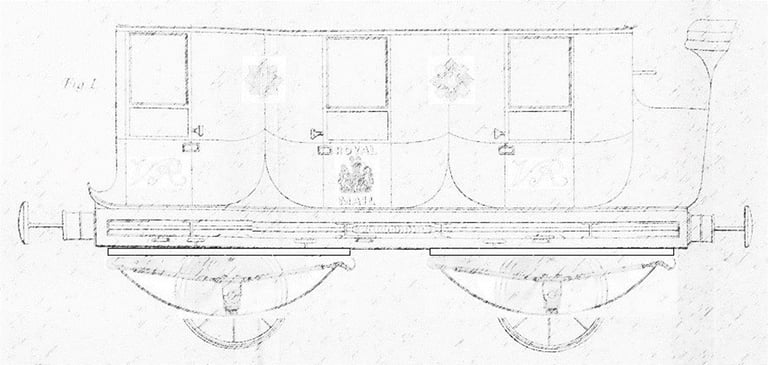

Not quite 'hot' but nevertheless 'on the heals' of the double coupé is another scratchbuild of an early prototype. This time a blind mail on William Bridges Adams' Patent Bow Springs which he was so strongly promoting at the close of the 1830s.
Fig.01. Using the Mail drawing as a guide, and the etches for the blind mail for the body, I started with the frames by cutting two lengths of 1mm square brass rod, soldering these together with U shaped spacers at either end.
Fig.02. A pair were produced this way to ensure that the two sides were identical.
Fig.03. Further guides for the buffer rods were added from 0.45mm wire and filed flat, and the buffer rods were added using 0.7mm brass wire.
Fig.04. Some years ago I had some etches made for Adams' bow springs to produce models of his Eastern Counties jointed carriages (a project I really must finish at some point) and these will be used here. A central anchor for the shackles was made following a similarly equipped model of a North Union carriage displayed at the NRM. Curved brackets at either end hold the other end of the bow spring and shackles.
Fig.05. Step brackets and etched steps were added remembering the odd positioning due to the coupé doors always being hinged at the coupé end unlike the compartment doors which were always hinged on the right.
Fig.06. The tiny axleboxes presented a problem. I had no brass of suitable dimensions so after experimenting with laminating off-cuts with reasonable success (but very time consuming) I settled on filing down some 10BA brass nuts.
Fig.07. This worked well as the brass responds well to a file and the central hole is consistent in position and size.
Fig.08. One axlebox in position with the upper shackles and the bow spring trial fitted. This will actually be glued in last as the pinpoint bearings and wheelsets will have to be fitted first.
The next job is to make a proper jig to ensure all the axleboxes are in exactly the correct place in relation to the model and to each other. It's not straightforward when they are effectively 'floating' as there are no axleguards in Adams' design.
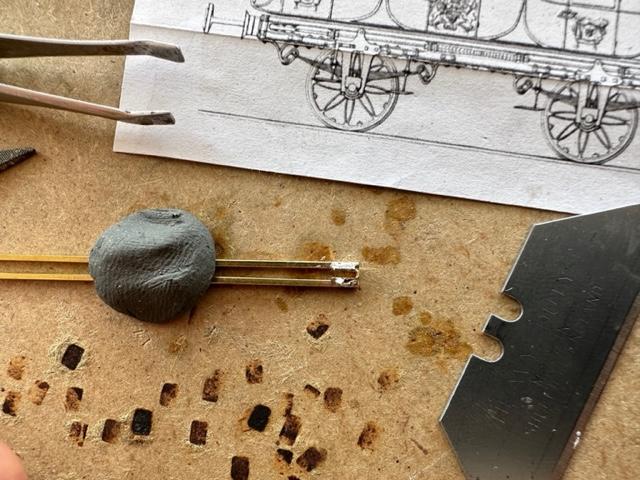


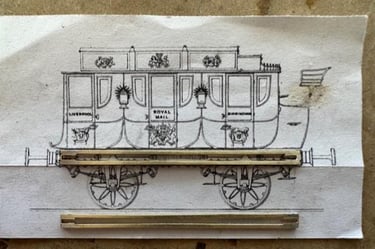
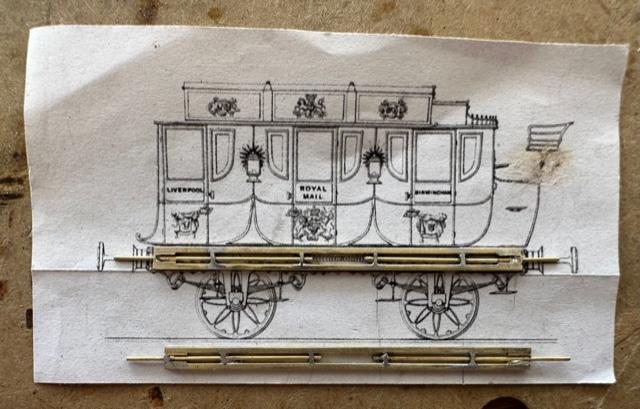


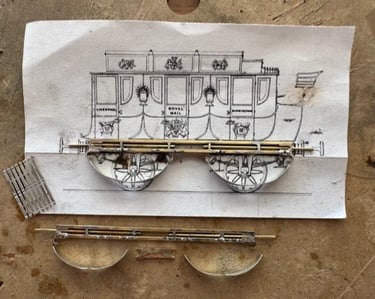
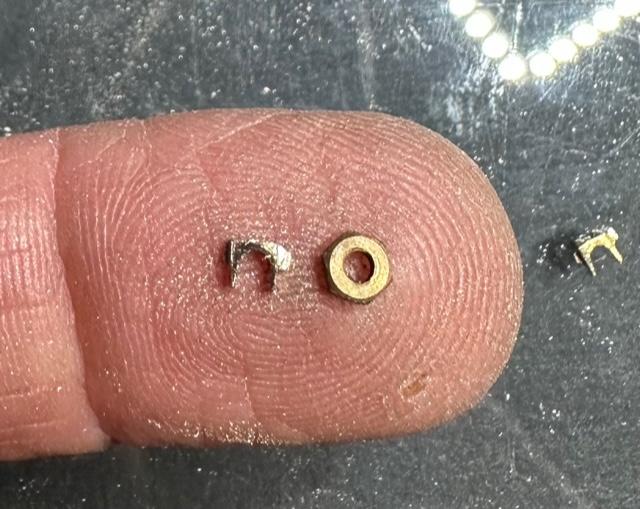


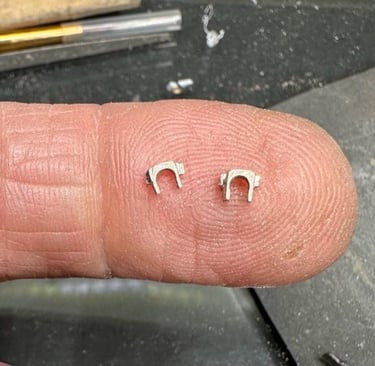
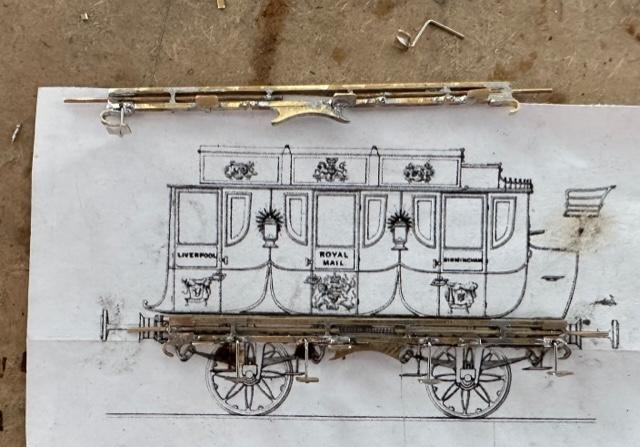

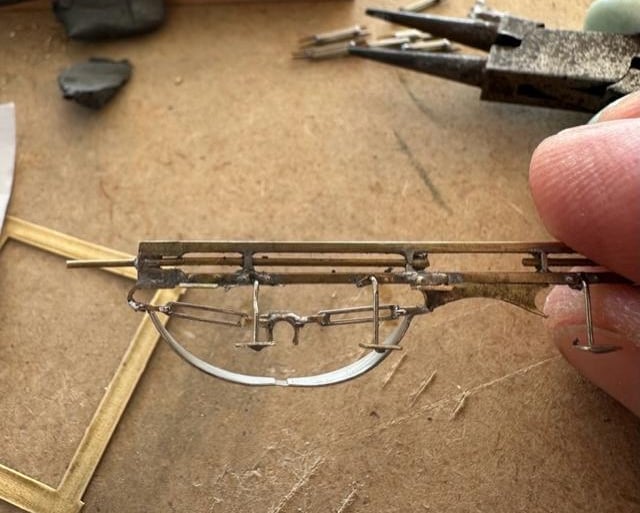

Fig.07. This worked well as the brass responds well to a file and the central hole is consistent in position and size.
